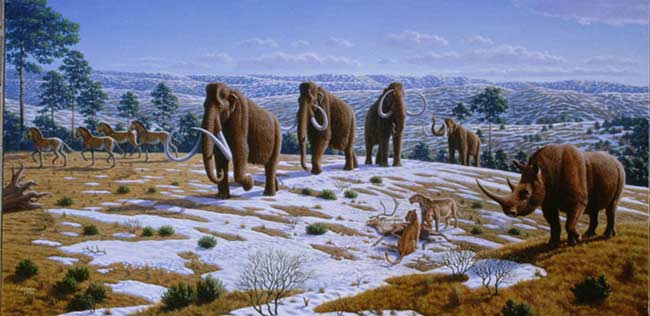Long known for their cool circular calendars and practice of human sacrifice, Aztecs were also math whizzes.
Aztecs used hand, heart and arrow symbols to represent fractional distances when calculating areas of land, scientists have discovered. The researchers pored over Aztec agricultural manuscripts trying to understand how the indigenous people arrived at area calculations. Only when they factored in the pictorial glyphs did the figures make sense.

Drawn in 1540 by native Aztec painters, the Oztoticpac Lands Map depicts property dimensions of lands pertaining to commoners and nobility near Texcoco, the ancient capital of the Acolhua-Aztecs. Image courtesy of Library of Congress, Geography and Map Division
Men More OK with Discrimination Than Women Are
Men are more tolerant of discrimination than women are, but both tend to accept prejudice against some immigrants and Arab-Americans, according to a new study.
The results come from telephone and online surveys of more than 3,300 people conducted in 2002 by University of Southern California researchers. Each of the questions dealt with a form of discrimination that targets a distinct class of people.

Idea All Wet: You Don't Need 8 Glasses of Water Daily
The claim that you need eight 8-ounce glasses of water a day has been debunked. Again.
Drs. Dan Negoianu and Stanley Goldfarb at the University of Pennsylvania reviewed published clinical studies on the topic and found no data to suggest people need to stick to the "8 x 8" rule. "Indeed, it is unclear where this recommendation came from," they write in an editorial in the June 2008 issue of the Journal of the American Society of Nephrology.
===
Study: Humans Drove Final Nail into Mammoth Coffin
Humans may have struck the final blow that killed the woolly-mammoth, but climate change seems to have played a major part in setting up the end-game, according to a new study.
Though mammoth populations declined severely around 12,000 years ago, they didn't completely disappear until around 3,600 years ago. Scientists have long debated what finally drove the furry beasts over the edge. Researchers led by David Nogues-Bravo of the National Museum of Natural Sciences in Spain used models of the climate, as well as models of woolly-mammoth and human populations, to study the relative importance of various factors leading to the mammals' demise.

No comments:
Post a Comment